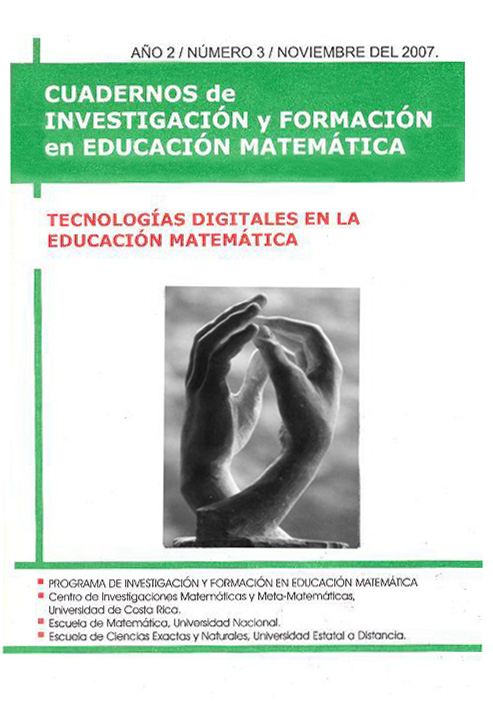Abstract
To what extent does the systematic use of technology favour students´ development of problem solving competences? In particular, the use of dynamic software seems to offer students the possibility of constructing simple geometric configurations that might become a platform to formulate questions that lead them to the construction or recognition of mathematical relationships. Thus, particular mathematical results emerge from exploring the behaviour of parts of a certain configuration as a result of moving other elements within such figure or representation. In this process, students can build their own repertoire of mathematical results and also utilize their previous knowledge to support, justify, or explain their conjectures. Here, it becomes important for students to develop methods and strategies to observe particular relationships, express them using specific notation, and provide arguments to demonstrate their results.


